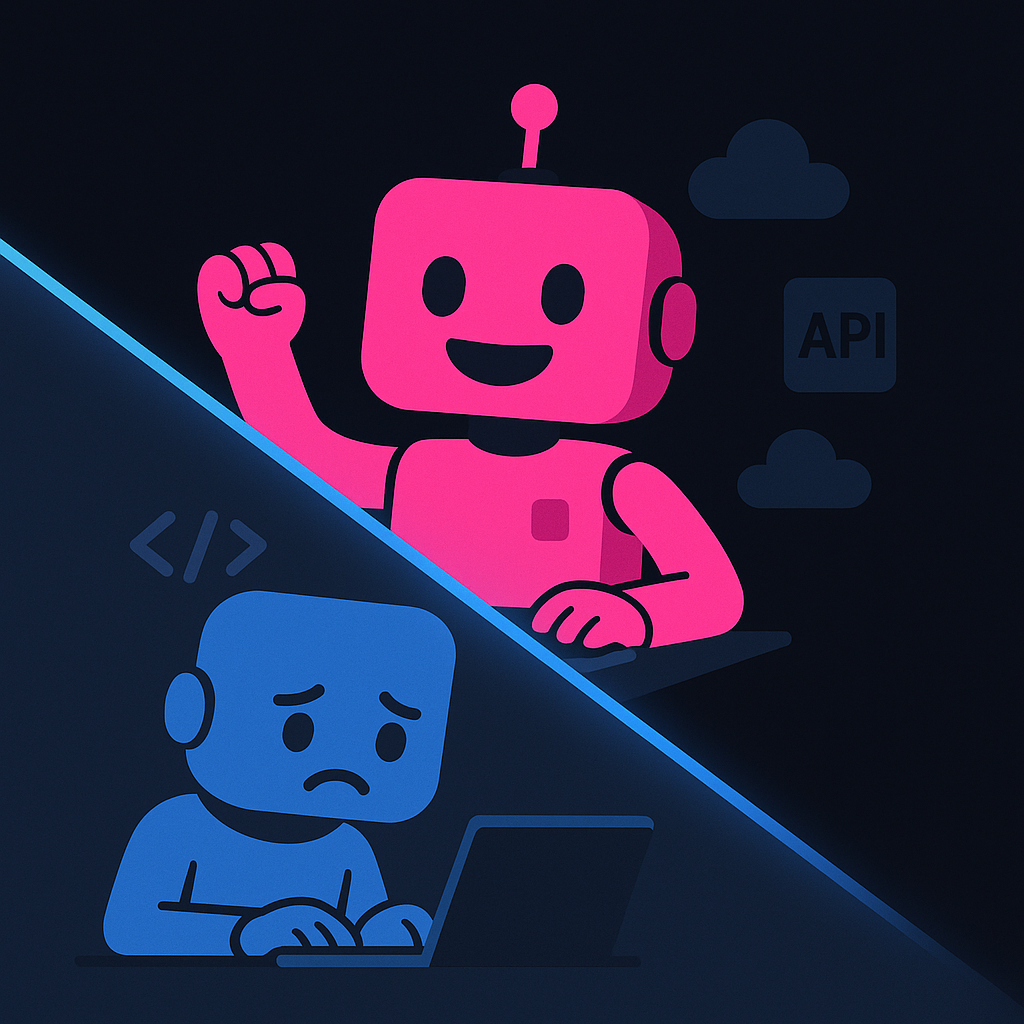API Management Simplified
Zuplo vs. Tyk API Management
Learn how Zuplo's modern architecture and developer experience compares to Tyk API Management and why it is the best choice for your API management needs.

Loading tab navigation...
Learn how Zuplo's modern architecture and developer experience compares to Tyk API Management and why it is the best choice for your API management needs.
